Pokemon timeline explained: Putting the games into chronological order
Yes, the Pokemon games fit into working chronological order... kinda
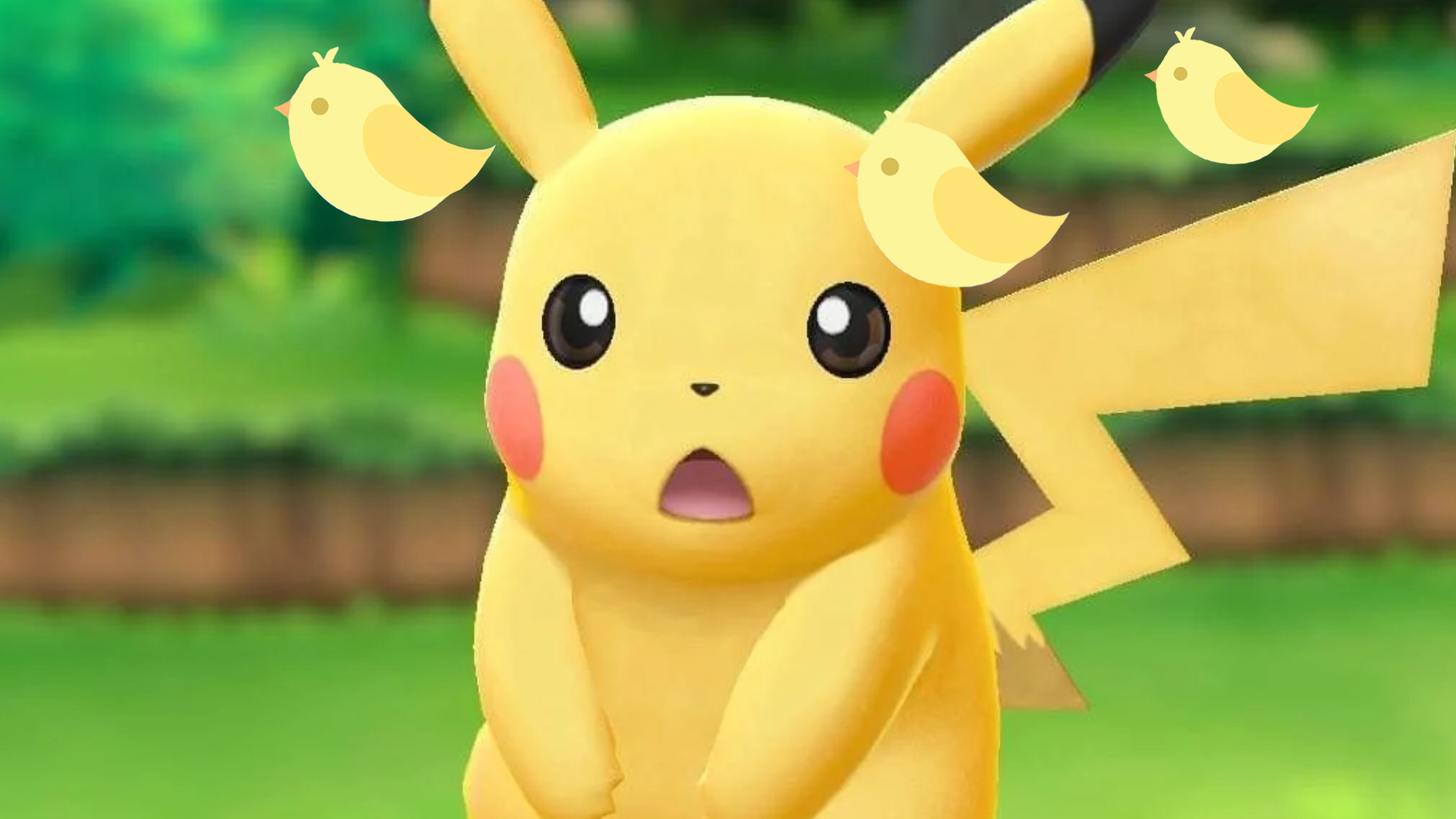
There are few monsters as mesmerising as the Pokemon timeline – a semi-working chronological ordering of the Pokemon games that’s filled with conjecture, overlap, multiverses, and an alternate timeline that accommodates the discovery of Mega Evolutions. Yes, Pokemon Sword and Shield producer Junichi Masuda may have once told Games Informer that The Pokemon Company “tries not to apply [the timeline] too rigorously" when working on new instalments, yet that hasn’t stopped Game Freak inserting interesting in-games events that actually tie them all together.
Working out exactly where each game falls on the Pokemon timeline, though, is no easy task. Still, that hasn’t stopped us from trying to form a working order for the games, which will hopefully give you intrepid trainers a deeper understanding of the wonderful world of Pokemon. Hold onto your Pokeballs as we go deep into Pokelore to work out a Poketimeline.
The Beginning – Main Timeline
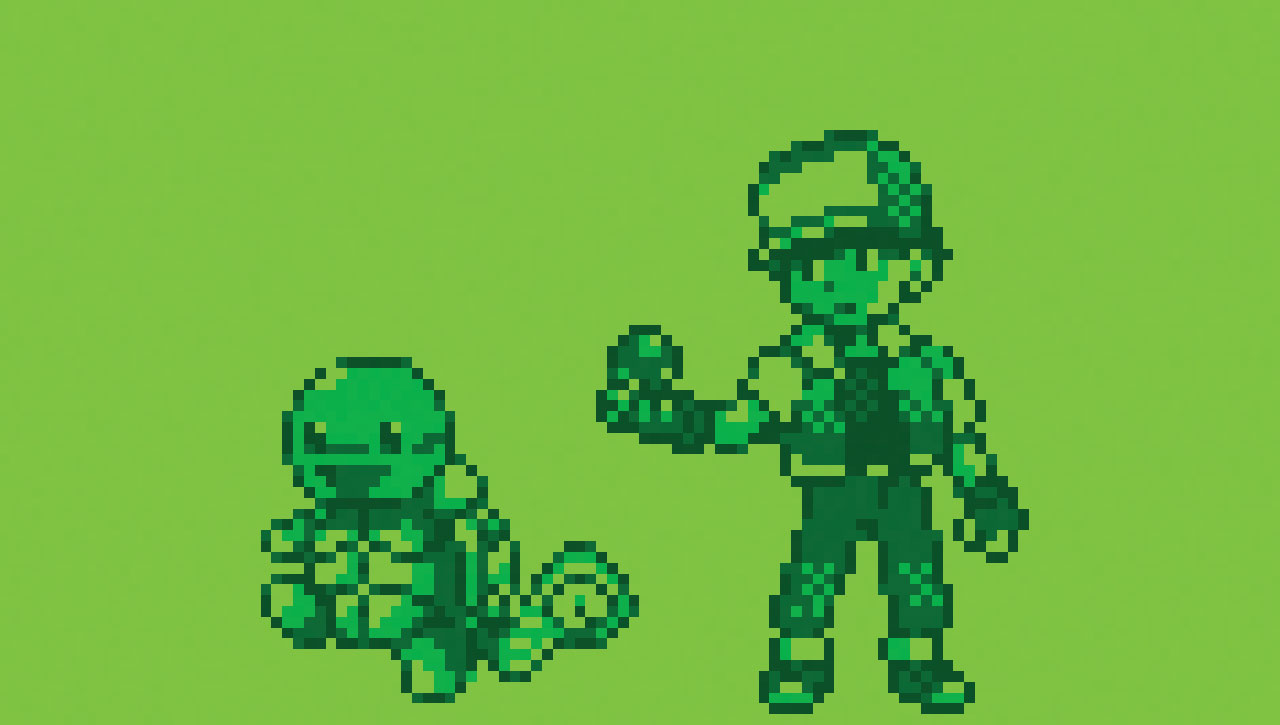
Games: Pokemon Red, Blue, Green, Yellow, Fire Red, Leaf Green, Let’s Go, Ruby, Sapphire, Emerald
The key to understanding the Pokemon timeline is a (handily) now-deleted tweet from Game Scenario writer Toshinobu Matsumiya, who’s credited on almost every major Pokemon release. The message confirmed that the series begins with the original games, Red/Blue/Green/Yellow and their respective remakes.
In some circles, the Leaf Green and Fire Red remakes are seen as replacing the originals as they also include the Sevii Islands – these are basically bonus content islands that add a little more bulk to the main story. Other fans believe they all essentially take place in different universes that slightly diverge from one another.
Matsumiya’s tweet confirms that Pokemon Ruby, Sapphire, and Emerald take place at the same time as the original games. The remakes of these (Omega Ruby and Omega Sapphire) can also be seen as replacing the originals – however, they also take place on a different timeline thanks to the introduction of Mega Evolutions. But we’ll get onto that in a bit…
Three Years Later – Main Timeline
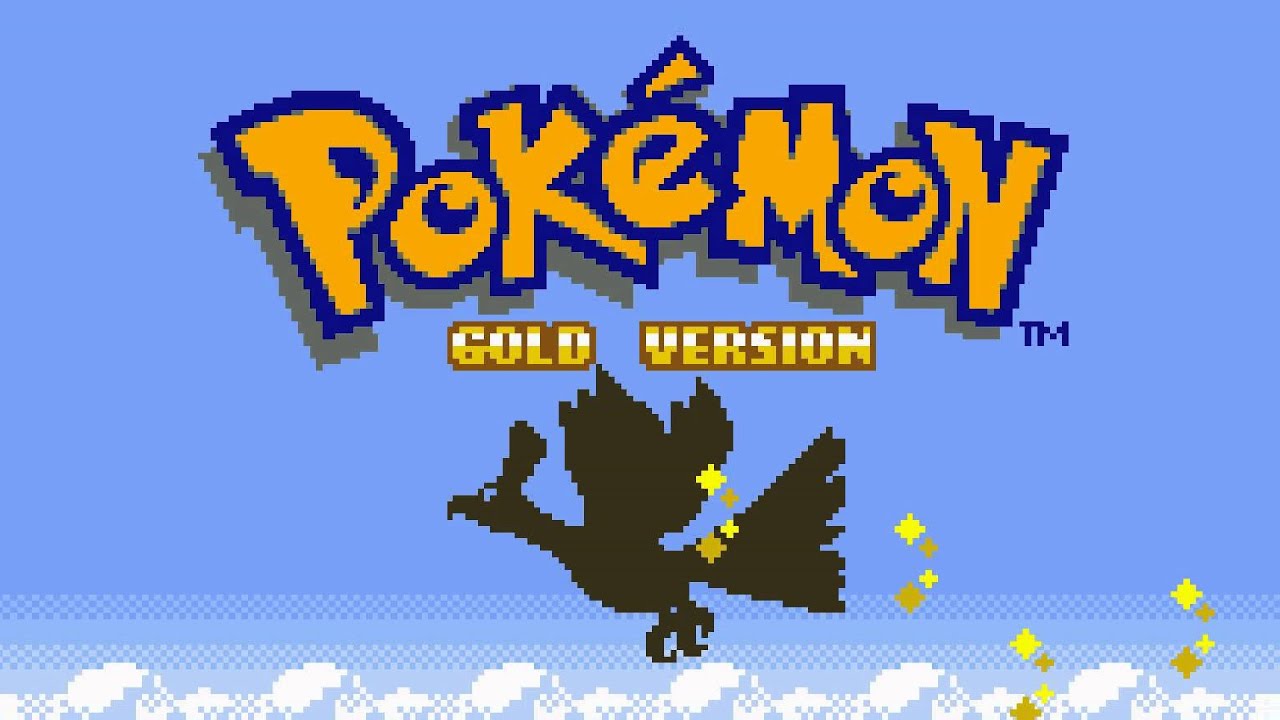
Games: Gold, Silver, Crystal, HeartGold, SoulSilver, Diamond, Pearl, Platinum
Weekly digests, tales from the communities you love, and more
Red – the Champion of Kanto – withdraws from his place atop the Elite Four and retreats to Mt. Silver. A volcano erupts on Cinnabar Island. A disbanded Team Rocket attempts to rise up once more. These are, of course, the events that lead into Pokemon Gold, Silver, and Crystal.
Gold and Silver directly reference Team Rocket’s attempts to bring back their leader Giovanni, who went missing three years prior, confirming the time gap between generations. Continuity. Again, the remakes – HeartGold and SoulSilver – can be seen as replacing the original versions of the game as they include extra content.
Also coinciding with the events of Generation 2 are the main games for Pokemon's Generation 4 – Diamond, Pearl, and Platinum. How do we know this? We have Matsumiya’s infamous Tweet to thanks.
??? Years Later
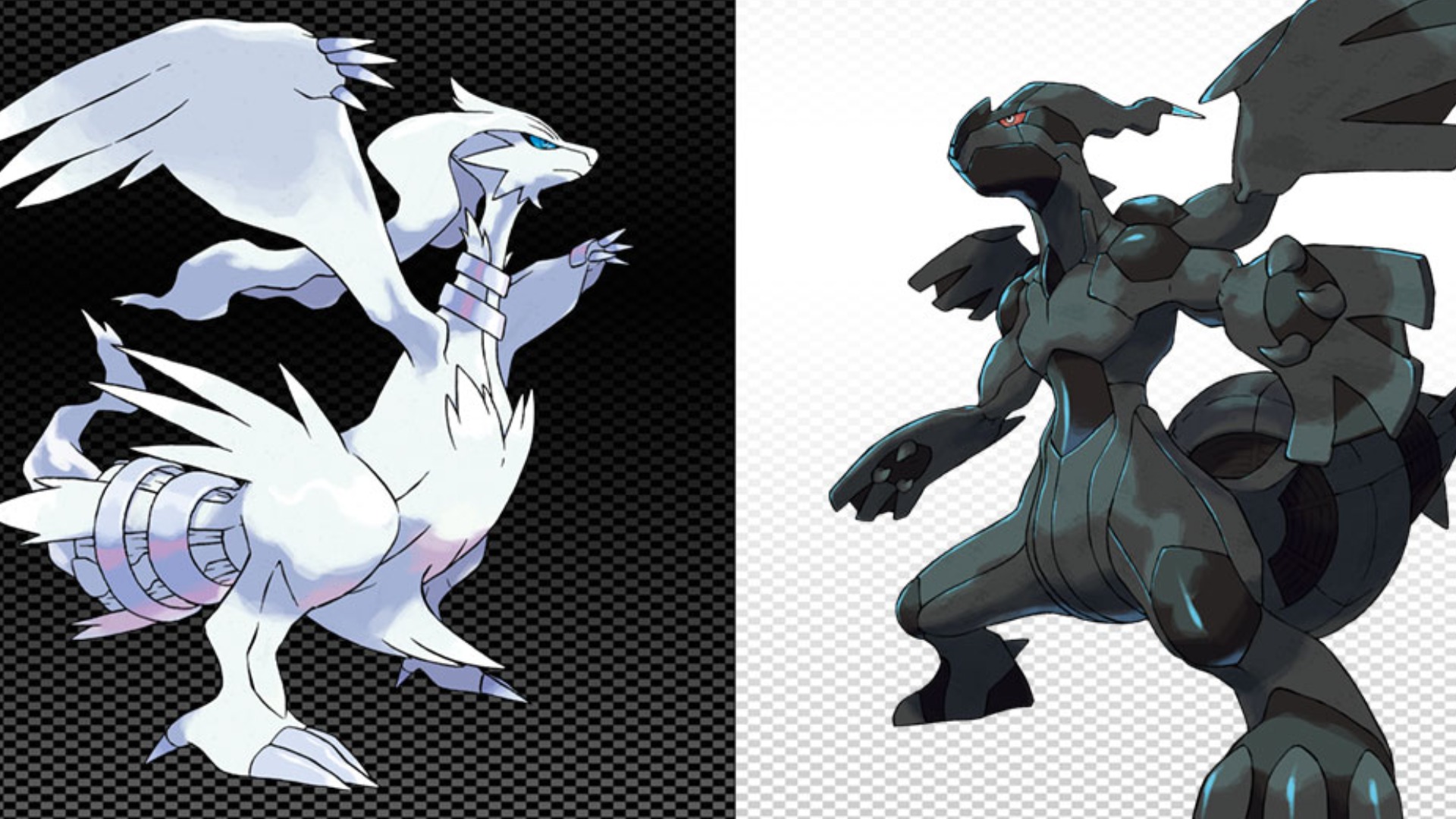
Games: Black, White
This is where things get a little more confusing. We know – again, with thanks to Matsumiya’s social media antics – that Black and White take place next on the Pokemon timeline. However, we don’t know the exact gap between games, but there are a couple of clues that can help us out.
Firstly, there’s the return of Caitlin. Now, it’s hard to miss Caitlin in Black and White as she’s a member of the Elite Four. Whether you have the memory of a Magikarp or a Mewtwo, though, you probably forgot that Caitlin actually appeared in the series before – in HeartGold, SoulSilver, and Platinum.
Caitlin appears at the Battle Frontier (which is, confusingly, almost identical in both the Gold and Silver remakes and Platinum, despite being in very different locations) and is said – at the time – to be one of the most important people at the establishment. At the Battle Frontier, Caitlin’s meant to be around 14-years-old. By the time we meet her again in Black and White, she’s older than that, with her sprite having aged around 10 years or so.
There’s also another character who appears in both HeartGold and SoulSilver as well as Black and White: a Team Rocket Grunt. Remember, back in Kanto (the region featured in HeartGold and SoulSilver), there was a Team Rocket member with a peculiar way of speaking who stole the Machine Part? Well, that fella has moved to Unova – the region of Black and White – and intends to bring back Team Rocket once again. His plans, though, have been put on the backburner after having a family. Interestingly, you can speak to his son, who says: “My Dad used to have a cool job in a far away region.” And how old is that kid? Around 10 years old. (Insert Keanu Reeves “Woah” GIF here.)
Two Years After That

Games: Black 2, White 2
Like how Gold and Silver are essentially sequels to the original Pokemon games, Black 2 and White 2 are direct sequels that reference and continue the events of Black and White. They take place exactly two years later, during which time a new Victory Road has been built, multiple Gym Leaders have retired from their stations, and a new Team Phasma has been created.
Matsumiya’s tweet – that one, beautiful goldmine of a tweet – also confirms that Black 2 and White 2 take place at the same time as Pokemon X and Y. However, these two games make things confusing… as they take place on a different timeline altogether.
The Mega Timeline
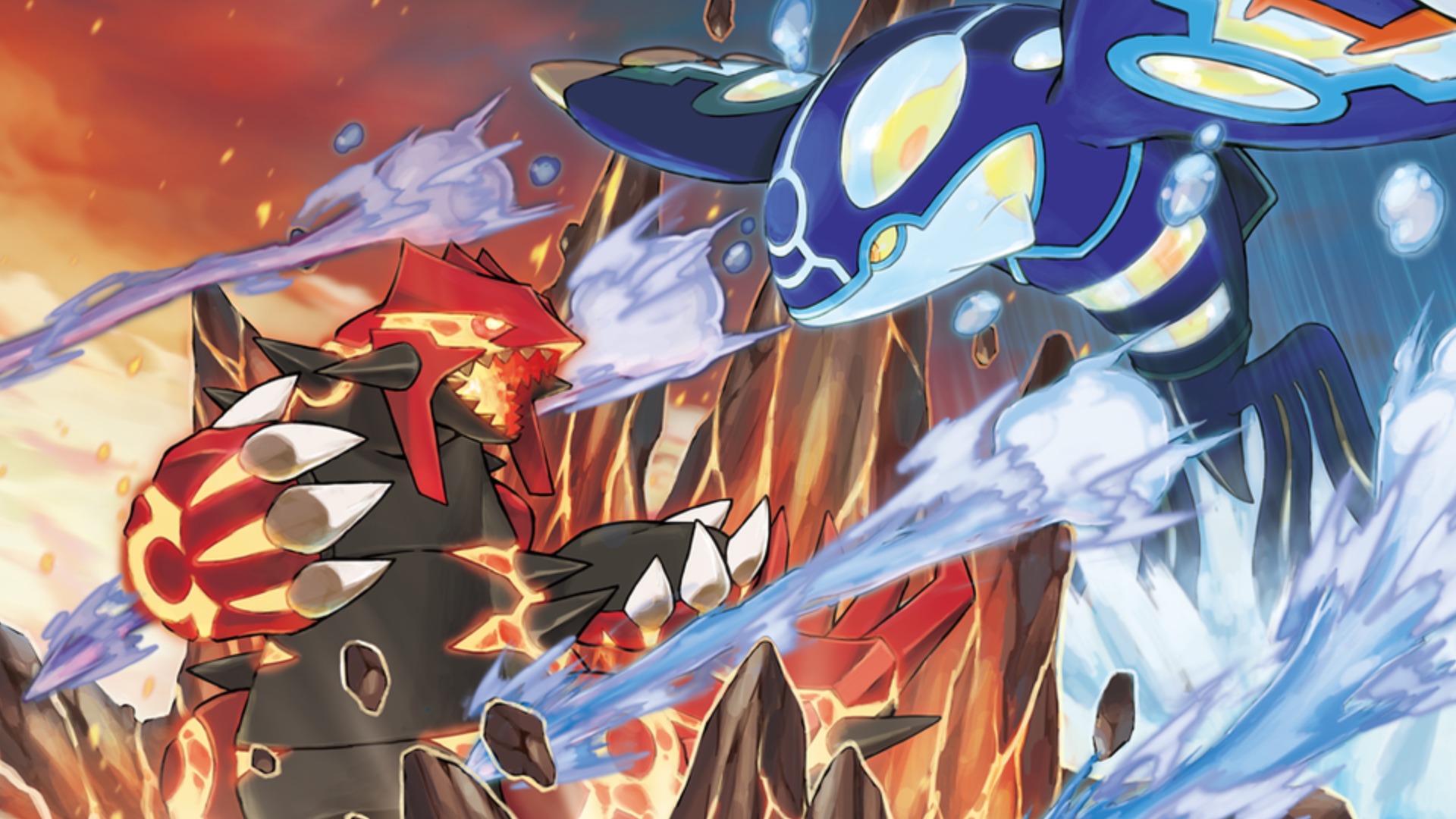
Games: Omega Ruby, Omega Sapphire – followed many years later by X, Y
Pokemon X and Y introduce Mega Evolution to the Pokemon series, which convolutes the timeline somewhat. The two games could arguably work on the main timeline, as you could argue that Mega Evolution may have only just been discovered at this late stage. However, this becomes unlikely when you take into consideration Omega Ruby and Omega Sapphire, which introduce Mega Evolution at an earlier stage.
Omega Ruby and Omega Sapphire take some extreme liberties with the games they are based on – more so than any of the other Pokemon remakes. They change the story relatively drastically by introducing Mega Evolutions for the Legendary Pokemon Groudon and Kyogre. Plus, there’s the Delta Episode, which contains a new form of Deoxys. There are a couple of in-game suggestions that an alternate version of Hoenn – the region of Ruby and Sapphire – exists, with one character saying: "A Hoenn region that's almost exactly like this one we live in... [Where] Pokemon took a slightly different path, where Mega Evolution is unknown."
Fans have therefore agreed that these remakes take place on an alternate timeline – the Mega timeline – which also features X and Y, as they both include Mega Evolution.
The Mega Timeline Continues… A Few Years After X and Y

Games: Sun, Moon, Ultra Sun, Ultra Moon
We continue forward on the Mega Timeline to Pokemon Sun and Moon, plus their Ultra versions. How do we know a few years have passed? Unfortunately, Matsumiya’s tweet stops at X and Y, but luckily, a couple of characters from former games appear in Sun and Moon, helping give us an idea of where these games fit into the series. (The Bulbapedia page for the series states that the gap is two years, though the source is not clear.)
Most notably, Sina and Dexio – two assistants to X and Y’s Professor Sycamore – appear in the game. They’re on the search for the Legendary Zygarde, and, after you battle them, Dexio comments: “This battle reminded me of us in the past… and that group of five young trainers.” The five young trailers he’s referring to are seemingly the five main adventure friends in X and Y.
Sun and Moon also feature the Battle Tree, where trainers Red and Blue make a cameo appearance. Yes, the main characters from the original games return, and their new avatars are aged up fairly significantly. They should have – according to this guesstimated timeline – aged around 17 years since the events of Red/Blue/Green/Yellow, which seems reasonable.

There are also various other trainers from the other games that appear at the Battle Tree, including: the second boss of Team Phasma, Colress; Pokemon Champion Cynthia, who appeared in Diamond and Pearl, as well as Black and White 2; and Grimsley, a member of the Unova Elite Four (the region of X and Y).
There is, however, a major discrepancy here. Despite being a rival character in Ruby and Sapphire, Wally – your rival/friend who catches that wild Ralts – has not aged a day. Remember: Ruby and Sapphire took place at the same time as Red/Blue/Green/Yellow, meaning he should have aged 17 years. Except, Wally looks exactly the same. Either he takes immaculate care of himself, or the game designers just forgot about the Pokemon timeline and almost ruined everything…
Then there’s the curious case of Anabel. During Sun and Moon’s post-game adventure, we meet the mysterious trainer. We discover that Anabel’s suffering from memory loss and was found unconscious on a beach a few years back. The only thing she remembers from before being washed up is that she came from Hoenn after falling through an Ultra Wormhole. Turns out, we’ve met Anabel before – she was in charge of the Battle Tower in Emerald.
What’s interesting here is that the Battle Tower was an Emerald-only feature. In Omega Ruby or Sapphire, the trainers’ paradise is still under construction. Curiously, the music when you battle Anabel in Sun and Moon is the frontier theme from Emerald, and not the updated music from Omega Ruby and Sapphire. Now, that’s a deep cut for the hardcore fans right there.
What does this all mean? We don’t know for sure, but we can speculate that Anabel managed to accidentally travel from the Original Timeline (Emerald) to the Mega Timeline (Sun and Moon), therefore proving that there are different Pokemon timelines.
Things get even more confusing when you take into account Ultra Sun and Moon. The main stories of the two “Ultra” games don’t differ too much from the originals, but they do add some extremely exciting post-game content featuring Rainbow Team Rocket – a version of the infamous villainous team that brings together members of all past evil teams (Phasma, Magma, and Galactic, etc).
However, unlike in the original games – where these leaders are all defeated by the child heroes of each game – in Ultra Sun and Moon, they all come from alternate dimensions where their evil plans were victorious. In other words, this is the ultimate Pokevillain supergroup where they are all actually… winners. How do they come together? Using Ultra Wormholes, of course! And their ultimate goal, this time, is to obtain complete multiverse control.
The inclusion of Rainbow Team Rocket basically blows up the Pokemon timeline, showing that there are multiple universes with multiple different versions of events – ones where villains are victorious and others where Mega Evolution does not exist. So, where does that leave...
Pokemon Sword and Shield…

Games: Pokemon Sword and Shield
We really have very little clue where Sword and Shield fit into the Pokemon timeline. The region in which they are set, Galar, features lots of ancient history regarding the Pokemon of the land. There are huge statues dedicated to the Legendaries, and strange markings that honour them. But where does this put it in the Pokemon timeline?
Frankly, we have no idea – and what makes these games all the more confusing is the introduction of Gigantamax: where your Pokemon suddenly grows to towering heights and can even change form. However, these are not Mega Evolutions. So, is this a completely new timeline, unrelated to either of the former?
Pokemon Sword and Shield are essentially soft-reboots for the series. Not only do they make no reference to the other games, but the Pokédex is culled significantly for the first time in the series’ history. Perhaps the upcoming DLC – which will feature Legendaries of games past – will reveal more and place the games on the convoluted Pokemon timeline. But, for now, these two are outliers that probably take place in an alternative universe.

Jack Shepherd is the former Senior Entertainment Editor of GamesRadar. Jack used to work at The Independent as a general culture writer before specializing in TV and film for the likes of GR+, Total Film, SFX, and others. You can now find Jack working as a freelance journalist and editor.


